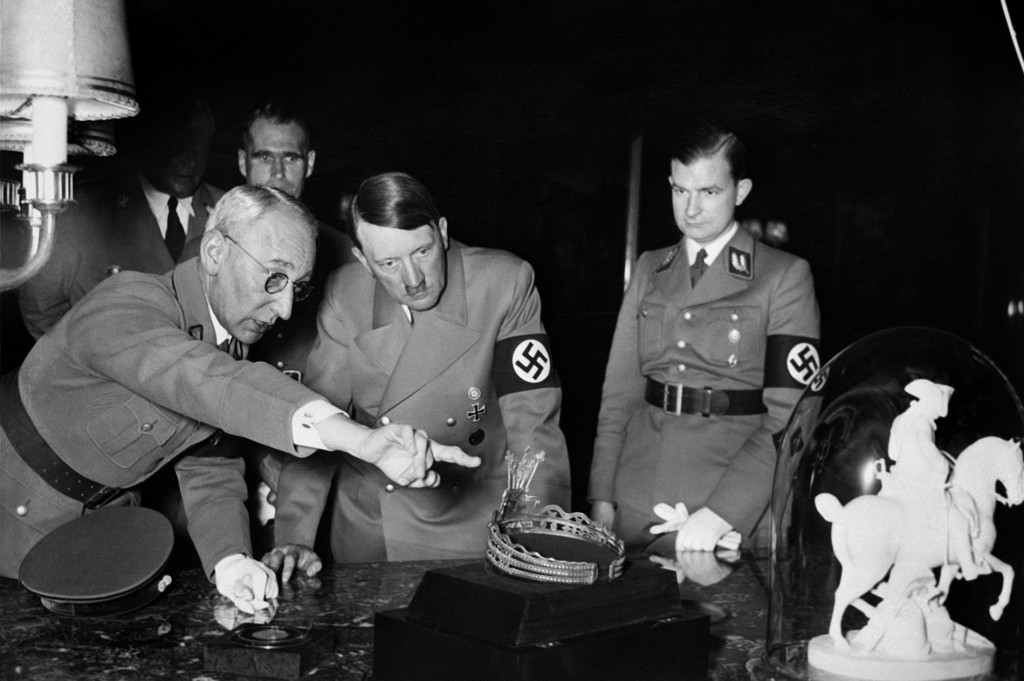 Plaintiffs allege their ancestors “were a well-known Jewish family that played a prominent role in Germany’s economic and cultural life” and purchased a painting of artist Camille Pissarro in 1898. As a condition to leaving Germany in 1939, the family was required to surrender the painting to the Nazis. In 1943, the painting was sold to an anonymous buyer. After the war, the family received compensation for the painting through German courts. In 1976, an art collector purchased the painting. In 1993, an agency of Spain purchased the collection which included the painting. In 2000, the family discovered the painting was on display in a Spanish museum. A lawsuit was filed in 2005. The federal district court dismissed the action after finding the statute of limitations set forth Code of Civil Procedure section 338, subsection (c)(3), was unconstitutional in this context. California’s statute “provides for a six-year statute of limitations for ‘an action for the specific recovery of a work of fine art brought against a museum, gallery, auctioneer, or dealer.’” The Ninth Circuit found that the trial court erred when it held Code of Civil Procedure section 338, subsection (c)(3), “intrudes on foreign affairs,” and reversed and remanded the matter for further proceedings in the trial court. (Cassirer v. Thyssen-Bornemisza Collection Foundation (Ninth Cir.; December 9, 2013) 737 F.3d 613.
Plaintiffs allege their ancestors “were a well-known Jewish family that played a prominent role in Germany’s economic and cultural life” and purchased a painting of artist Camille Pissarro in 1898. As a condition to leaving Germany in 1939, the family was required to surrender the painting to the Nazis. In 1943, the painting was sold to an anonymous buyer. After the war, the family received compensation for the painting through German courts. In 1976, an art collector purchased the painting. In 1993, an agency of Spain purchased the collection which included the painting. In 2000, the family discovered the painting was on display in a Spanish museum. A lawsuit was filed in 2005. The federal district court dismissed the action after finding the statute of limitations set forth Code of Civil Procedure section 338, subsection (c)(3), was unconstitutional in this context. California’s statute “provides for a six-year statute of limitations for ‘an action for the specific recovery of a work of fine art brought against a museum, gallery, auctioneer, or dealer.’” The Ninth Circuit found that the trial court erred when it held Code of Civil Procedure section 338, subsection (c)(3), “intrudes on foreign affairs,” and reversed and remanded the matter for further proceedings in the trial court. (Cassirer v. Thyssen-Bornemisza Collection Foundation (Ninth Cir.; December 9, 2013) 737 F.3d 613.
Leave a Reply
You must be logged in to post a comment.